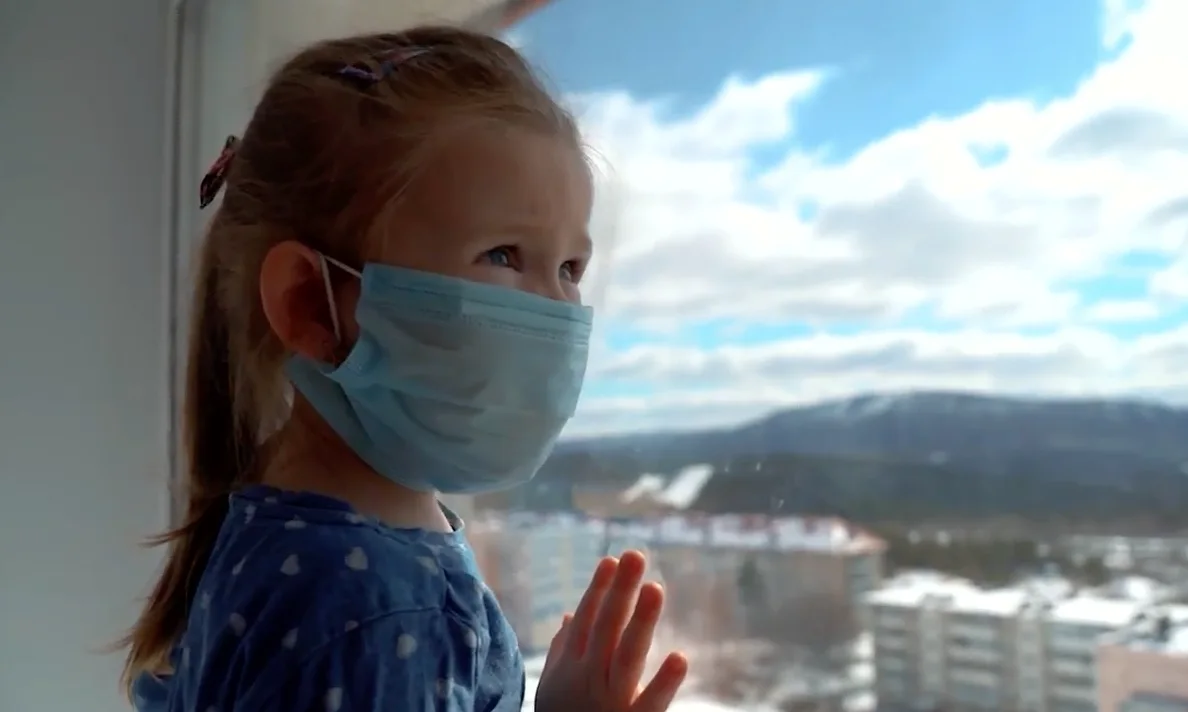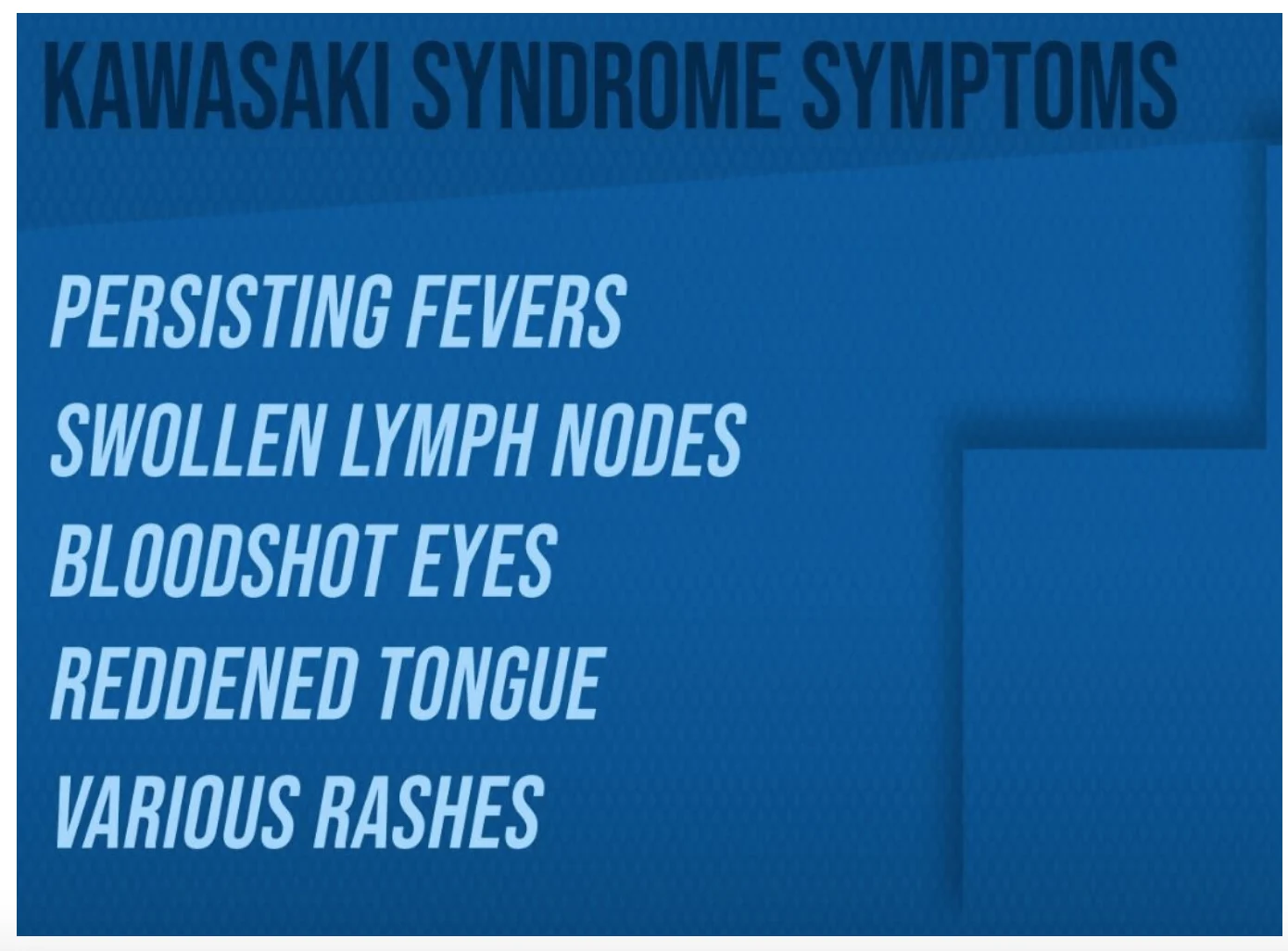
Is COVID-19 behind alarming inflammatory syndrome in children?
Taking a closer look at the link between coronavirus and inflammatory diseases in children
As this pandemic unfolds, we learn more each day about what COVID-19 does to the human body.
The most common symptoms continue to be shortness of breath, fever and a cough. However, doctors are still searching to find why symptoms can become so severe in some patients while others can carry the virus and display no illness at all.
As more cases of COVID-19 are studied, unusual symptoms are also being noted, like loss of taste and smell or growing concerns for clots and heart attacks.
SEE ALSO: Canadians accidentally poisoning themselves while cleaning to prevent COVID-19
Life-threatening inflammation is another symptom that doctors have been tracking. It comes in various forms and has been shown to target all populations and age groups.
“These various inflammatory syndromes include higher risk of clots," says Dr. Meier-Stephenson, a virologist in Calgary. "For some individuals, including adults, we have seen more cases of heart attacks and strokes that may be related to COVID. This is certainly an important finding and something to be aware of.”
Doctors have noted that there has been a spike in Kawasaki disease. This is a rare illness specific to children. However, they say it is too soon to directly link the growing cases to COVID-19.
“This syndrome is a collection of symptoms," explains Dr. Meier-Stephenson. "It's not just a simple lab test that we can do or an image that we can perform. It is purely based on clinical findings. But essentials include persistent fevers, swollen lymph nodes, red bloodshot eyes, reddened tongue and various rashes. All of these things collectively we call Kawasaki syndrome.”

This syndrome is not new -- it is something that children have been diagnosed with since 1967 when Japanese pediatrician Tomisaku Kawasaki coined the term.
The fact that there is no positive or negative test for Kawasaki Syndrome makes the diagnosis based on the medical professionals opinion. Many doctors have declared these inflammatory outbreaks as Kawasaki, while others have labeled this as “Kawasaki-like”. The messaging can become confusing to the public when a diagnosis is based on various opinions instead of a black or white test.
Another type of inflammation seen in children has been a bruising and blistering of the toes. The media has been referring to this as “COVID toes”.
“The bruised toes are something separate, however, there could be some link with the inflammation of blood vessels,” says Dr. Meier-Stephenson. “There is nothing to be done in terms of treatment for the darkened bruised toes. What it does is raise the warning bells that says, yes, this could be one of the manifestations of COVID particularly in younger kids.”
Researchers are still working on answers when it comes to why certain children experience COVID-19 differently than adults.
“It’s certainly an area for research and study,” adds Dr. Meier-Stephenson.
If you are home with someone who has COVID-19, the Canadian Government has put together a caregivers guide in order to limit the spread of the virus. You’ll find best practices you should follow in order to protect yourself and others.
You can find more details on COVID-19 and inflammation in the video that leads this article.











